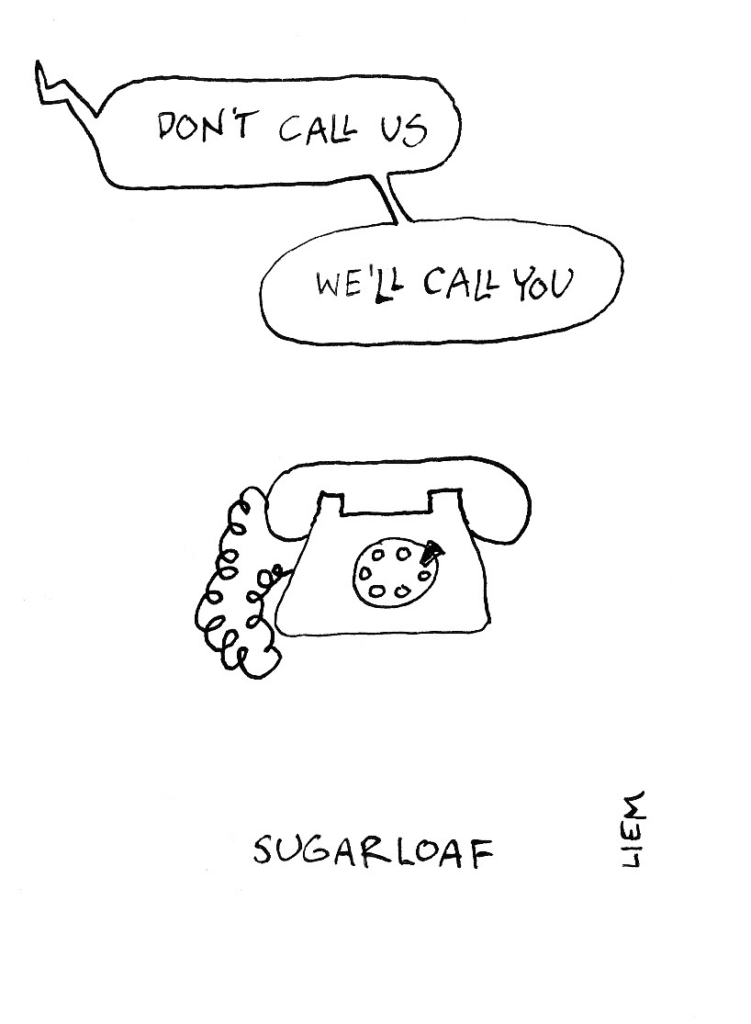I can’t remember how many times I have failed; at exams, at dating, at cooking (I once poisoned my then Italian boyfriend – he’s still alive though 🤗), at business meetings, at expressing what I really wanted to say, at negotiations, at building projects or businesses (RIP Evoque, IamIn and Duke and Paws). While it never stopped feeling disappointing, each time it stung me a little bit less. Each time it also gave me valuable data points on what should I change.
I have not failed. I’ve just found 10,000 ways that won’t work.
Thomas A. Edison
We prize success over failure. We see articles and book titles with the words “succeeded” splattered across headlines. Successful people on LinkedIn seem to be flooding you left and right and you may wonder what you do they know, that you do not.
Luckily, lots of people (and data) will tell you that when it comes to learning, you should welcome and appreciate all those failed attempts. In fact, failure is a better teacher than success and that it happens for a reason. Or at least keep telling that to yourself to stay calm and carry on 😉.
Jokes aside, guys named Madsen and Desai (2010) discovered that the knowledge gained from our failures lasts longer than those from our successes. They have been advising organisations, to neither ignore failures, nor stigmatise those involved with them. Rather, leaders should treat failures as invaluable learning opportunities, encouraging the open sharing of information about them.
How to think about failure
Admitting failure makes you more relatable and humane. Of course, cultural differences play a huge role in how people think about failing. In the United States, people are encouraged to try different things, fail fast and move on. It’s also socially ok to speak openly about failure. Europe is more risk averse, but that’s been changing.
There are more and more founders building in public. Sharing your ups and brutal lows invites people to follow your journey and give you advice. People want to feel useful. Everybody cheers for the underdogs (but only to the point before they become too successful 😃).
It may feel lonely when nothing seems to work. Even when you can’t ask openly for help, because you fear your potential clients will see this as a weakness, there are still ways to find support discreetly.
Incubators and tech accelerators are ideal initiatives for this, as you’re included in a community that is going through very similar struggles. Some will be a few steps ahead of you, and will be able to advise you how to overcome your challenges and what prevent you from making mistakes they’ve done.
Reaching directly to fellow entrepreneurs on social media is also a great idea, because they will sympathise with you having gone through what you’re experiencing right now. Don’t get intimidated. Reaching out is a sign of courage and others will appreciate it.
Redefining failure
I feel I write a pretty good content in here. I’ve been doing this for nearly 8 years (all articles are on hankka.com) and barely anyone reads it. The question I should ask myself then is – do I write for popularity, for fun or to just to polish my writing and speaking style?
If it’s the first, then clearly, I have a discoverability and a content problem. If that were the most important to me, I would followed what others do, hooked onto current trends, published catchy headlines, short “how to” type of content and universal information that is regarded as educational. That viral stuff that doesn’t require you to think much.
If it’s for fun – well, it’s not really fun, unless I find pleasure in pain of meeting weekly Friday deadlines and dreading being ridiculed.
So I guess that leaves me with the latter – using this medium to polish my writing style. Structuring my thoughts and sharing those fears or lessons, hoping that it will resonate with someone who may find comfort in knowing, that they are not the only ones.
The art is to learn looking at failure as a lesson. That’s because a no forces you to rethink your choices. Even a firm rejection is better than a prospect that keeps you in the limbo forever, not wanting to make a decision.
Tip? Do it for them. Move on fast. Often it’s not the right fit. Your corporate prospect goals may not be aligned with yours. Understand their personal incentives, e.g. how proving value with your product will affect their bonus size. Find a company representative, whose goals are aligned with yours, who understands the value you can give and who has a power to make a decision, or at least can influence those, who do.
How to find your product market fit?
One of the most common mistakes that founders (guilty!) make is finding customers for their product. Opposite is always easier – find products for the customers you’ve already identified. People will be more willing to share their problems and help you build the product they may not know that they want, but one that they need.
Failure will lead you to success, if you try long enough. Feel free to go into the same river, but don’t mistake it for a puddle of mudd. Sometimes timing wasn’t right on your first attempt, so when conditions change, they can be in your favour (think Apple iPod vs. Kane Kramer, for example).
Insanity is doing the same thing over and over again and expecting different results.
Albert Einstein
We’re still in a very early stage of nailing our product market fit. I lead business development at Untrite. I probably get around 10-30 rejection emails a week on average. And I don’t count those not responded messages.

The tech we’re developing is gaining more and more traction. We get clients, but we have definitely not nailed yet the product-market fit, as per the market pull definition. Paul Graham, the founder of Y Combinator (Airbnb, Reddit, Instacart, Doordash or Dropbox) says that market pull is so powerful that even weak founders can ride it to $4B+ in value;
If you wonder how someone who seems crazy or incompetent could be the CEO of a successful startup, the answer is that some startups are so viral that they’ll grow (for a while at least) almost regardless of who’s in charge.
Paul Graham

You can have the best product, but if can’t find the right market that needs your solution badly, then you’ll be dripping blood until exhaustion and burnout.
That’s the thing about startups. They are great in building tools, but do not always articulate their value well. And because they can’t do that, they end up chasing the wrong market. If they did have a clear value proposition, the needy customer would show up.
Our validation
We got accepted to two of the most prestigious and sought after tech accelerators, so clearly there is something that we’re doing right. But to be totally honest with you, we’re still struggling with creating urgency for decision makers with $$$. Tech people get it, middle level too, but then we often get stuck. Talking generally about improving information visibility across siloed systems, even if you select a specific use case, is not an easy sell. Sure, most large orgs have this problem, but people don’t see it as priority unless it’s a burning problem, that can’t let them sleep at night.
Where we see the biggest pull for Untrite are high risk, high data volume use cases (hence UK police). There, you can’t rely only on humans, because machine will always beat human in data mining, finding patterns and processing information.
So what else we’ve learned by now?
- FOMO is real. Like it or not, fear works best. People are wired to avoid pain so don’t focus so much on ROI/benefits, but how fast the client can stop bleeding money and improve efficiency.
- Nobody cares about the tools, but about the pains that they can help them solve. Help your clients understand how big is theirs by painting a before/after vision.
- Talk their language. Narrative will be different for a tech vs. business person.
- Often, corporate innovation / R&D teams distribute small amount of money to many PoCs just to tick quota. They won’t necessarily put much effort in leading to a fully fledged pilot.
- It’s never about fancy tech. It’s just a tool like any other, a means to end their pain. In case of surfacing information problem we’re addressing, we found out that nobody really cares about improving efficiency of their workforce. It’s this “nice to have”. If they can hire a cheap junior workforce who will complete the tasks manually, they will, because it’s simple, available and easily understood.
- People leave or get fired due to corporate power shifts. Always have more than one influencer / advocate in a company.
- People buy from people. Establish relationship based on trust. They are putting their reputation on the line here by bring up your solution with their bosses for approval.
- A good idea to warm your prospects is to start sharing educational content on linkedin around your area of expertise (without mentioning your product too much not to sound salesly), run workshops, podcasts, white papers etc., where people can learn at their own pace and start seeing you as a potential solution provider.
When you reach your product market fit, you’ll feel that “pull” from the market. Suddenly they will be chasing you to close the deal, and there will be no more talk about limited resources. Price will also become a secondary issue.
Ps. Chris Voss’s Mastermind and the book of the same Never Split The Difference title is a must read/watch for those of you who need to polish their negotiation techniques.
Good luck!





